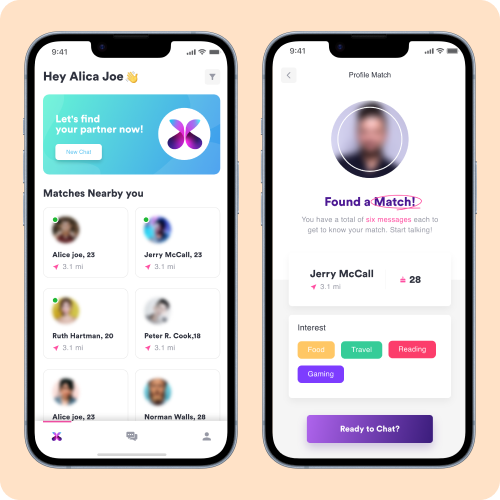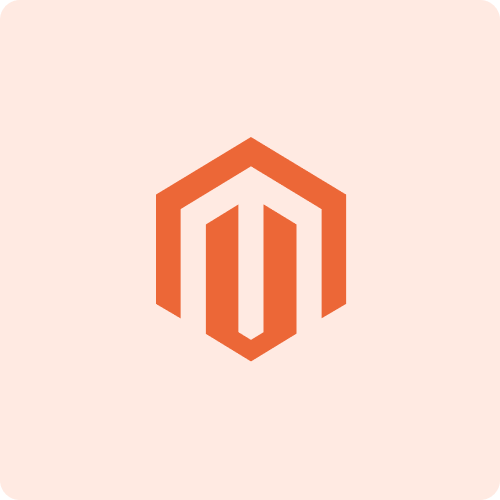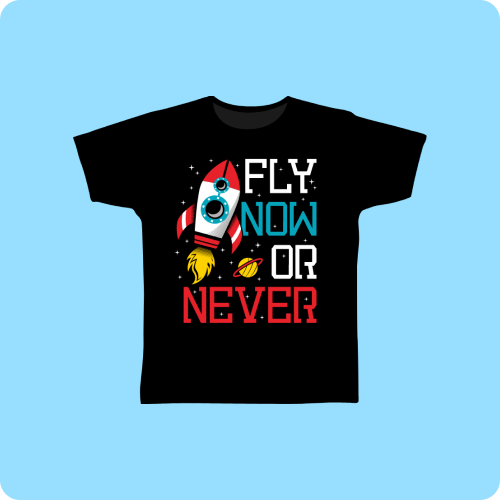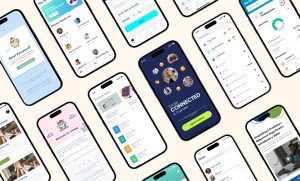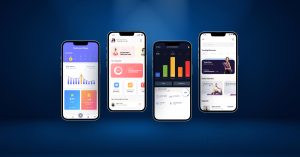Fitness app development might seem simple—just a few taps on the keyboard, some clever coding, and voila, a digital solution to physical fitness is born. However, much like any specialized field, crafting a successful fitness application requires insight, precision, and a deep understanding of both technology and human physiology.
In this comprehensive guide, we will navigate through the multifaceted landscape of fitness app development. From conceptualizing the initial idea to launching the final product, understanding your target audience, and integrating cutting-edge technology, we’ll explore all the essential steps to create an app that not only engages but also empowers users to achieve their fitness goals.
So, whether you’re looking to innovate in the world of wellness or extend the capabilities of existing fitness platforms, buckle up! We’re about to embark on a detailed journey through the ins and outs of fitness app development that stands out in the crowded digital marketplace.
What Is A Fitness App?
Thinking a fitness app is just about counting steps or tracking calories? Think again. Fitness apps are sophisticated digital tools designed to elevate one’s fitness journey, offering a comprehensive suite of features to monitor, guide, and inspire users toward better health and physical fitness.
At their core, fitness apps are more than just digital trainers; they are your personal health companion, meticulously crafted to adapt to your unique fitness goals and preferences. Whether you’re a seasoned athlete aiming to shave seconds off your race time, or a fitness newbie looking to maintain a regular workout schedule, fitness apps provide the tools and insights necessary to achieve these objectives.
Why Should You Invest in Fitness App Development?
Investing in fitness app development is a smart choice right now, as these apps are becoming increasingly popular due to several trends and technological improvements. As more people become aware of the importance of health and fitness and as technology becomes a bigger part of our daily lives, fitness apps are meeting a growing need for convenient, tech-based health solutions.
The rise in health consciousness is especially noticeable among younger people like millennials and Gen Z, who are used to incorporating technology into every aspect of their lives. Fitness apps are a perfect fit for this tech-savvy generation, allowing them to track, manage, and improve their health using just their smartphones.
Advancements in technology also play a big role in the popularity of fitness apps. Modern smartphones and wearable devices come with sensors that can track a variety of health metrics like heart rate, the number of steps taken, and how well someone is sleeping. Fitness apps use this data to give users detailed feedback about their health, which makes these apps essential tools for anyone interested in keeping track of their fitness progress.
In simple terms, the combination of a greater focus on health, advanced technology, and the demand for personalized health tools makes fitness apps very popular. Investing in these apps not only promises good returns but also positions businesses to make a positive impact on public health and wellness.
Fitness App Development Market Statistics
- According to a report by Market Research Future, the global fitness market is projected to reach USD 156.82 billion by 2030.
- According to Statista, Fitness apps are expected to achieve an annual growth rate of 14.34% from 2023 to 2027, with a projected market volume of US$33.04 billion by 2027.
- Research indicates that consumer e-lifestyles positively influence their perceptions of the ease of use, usefulness, and attitudes towards fitness apps, according to a research paper by Semantics Scholar.
- Valuates reports, Smartphones are expected to dominate the fitness app market share growth by 2030.
Features of a Fitness App
Activity Tracking: By leveraging the technology in smartphones and wearable devices, fitness apps provide real-time data on your activities. Whether it’s a serene morning jog or an intense cycling session, these apps can track your route, speed, calories burned, and more, giving you a clear picture of your performance and progress.
Workout Guides: Imagine having a personal trainer in your pocket. Fitness apps often feature a variety of workout routines that you can follow from anywhere. These guides are designed for different fitness levels and include everything from high-intensity interval training (HIIT) to yoga and strength training.
Personalized Experience: Fitness apps excel in tailoring recommendations and workouts based on your fitness level, goals, and even past injuries or health issues. This personalization ensures that the app evolves with your fitness journey, continually adapting to offer you the best advice and challenges.
Goal Setting and Tracking: Set goals, smash them, repeat. Fitness app development focuses on creating a motivational environment by allowing you to set specific fitness goals, track your progress, and adjust as needed. This ongoing cycle of setting and meeting goals helps keep your fitness journey exciting and rewarding.
Social Integration: Why go it alone when you can have a community by your side? Many fitness apps integrate social features that allow you to connect with friends or join groups for added motivation. Compete in challenges, share successes, and maybe even take part in some friendly competition to keep your spirits high and your goals in sight.
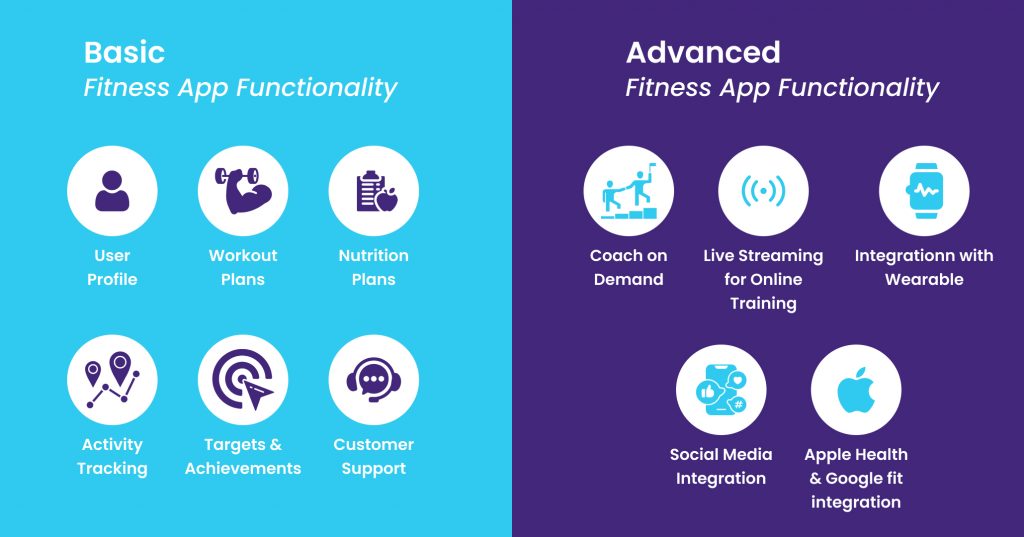
Benefits of Fitness App Development
Venturing into fitness app development offers a plethora of advantages not only to users but also to developers and businesses. As the digital health market continues to expand, the strategic development of a fitness app can yield significant benefits, from financial gains to enhanced user engagement. Here’s an overview of the key benefits that fitness app development can deliver:
1. Accessibility and Convenience
Fitness apps provide users with the ultimate convenience, allowing them to access workout routines, track their health metrics, and receive personalized fitness coaching directly from their mobile devices. This accessibility eliminates barriers to exercise, such as time constraints and lack of nearby facilities, enabling users to work out anytime and anywhere, which can lead to more consistent fitness routines and better health outcomes.
2. Enhanced User Engagement
By incorporating interactive elements such as gamification, social challenges, and personalized feedback, fitness apps can significantly enhance user engagement. These features motivate users to remain consistent with their fitness routines and engage more deeply with the app, leading to higher retention rates and a more loyal user base.
3. Data-Driven Insights
Fitness apps gather a wealth of data on user behavior, preferences, and performance. This data can be invaluable for developers and businesses as it provides deep insights into user needs and market trends. Armed with this information, businesses can optimize their app features, tailor marketing strategies, and create a more personalized user experience, ultimately driving app success and user satisfaction.
4. Increased Revenue Opportunities
Fitness app development opens up multiple avenues for revenue generation. These include premium subscription models, in-app purchases, advertisements, and partnerships with health and fitness companies. With a well-executed app that offers value to users, businesses can tap into these revenue streams, ensuring a sustainable profit while contributing to the health and wellness of their users.
5. Brand Building and Market Penetration
Developing a fitness app allows businesses to establish or enhance their brand presence in the health and wellness industry. An effective app that resonates with users can serve as a powerful marketing tool, helping to build brand loyalty and increase market visibility. Additionally, fitness apps can reach a global audience, allowing businesses to expand their market reach beyond traditional geographic limitations.
6. Supporting Healthier Lifestyles
At its core, the development of a fitness app contributes to the broader goal of promoting healthier lifestyles. By providing tools that help users monitor their health, set fitness goals, and stay motivated, fitness apps play a crucial role in encouraging a healthier, more active population. This societal benefit can enhance the app’s value and appeal to a wide range of users.
Fitness app development not only caters to the growing demand for digital health solutions but also offers substantial benefits to developers, businesses, and users alike. With the right strategy and innovative features, a fitness app can achieve great success, fostering healthier communities and driving business growth.
Types of Fitness Apps
Diving into the world of fitness app development, you’ll find a wide array of app types, each designed to cater to different aspects of fitness and wellness. From guiding beginners through their first workouts to providing seasoned athletes with detailed data analytics, there’s a fitness app for every user. Here’s a breakdown of the main types of fitness apps available in the market:
1. Workout and Exercise Apps
These apps are like having a personal trainer in your pocket. They provide users with a range of workout routines that can be performed at the gym, home, or outdoors. Features might include video tutorials, step-by-step guides, and customized workout plans based on the user’s fitness level and goals. Examples include apps for bodyweight exercises, weight training, yoga, and pilates.
2. Activity Tracking Apps
Activity trackers are the silent motivators of the fitness app world. They utilize the sensors in your device or integrate with wearable technology to monitor activities such as walking, running, cycling, and more. Users can see stats like distance covered, calories burned, and even map their routes. These apps are great for those who like to keep a quantitative track of their daily activities.
3. Nutrition and Diet Apps
Nutrition apps focus on the dietary aspect of fitness and wellness. They help users monitor their food intake, track calories, and manage diets specific to their health goals, such as weight loss, muscle gain, or maintaining a balanced diet. Features might include barcode scanners for logging food items, meal planners, and detailed nutritional information for a vast database of foods.
4. Mind and Body Wellness Apps
These apps cater to the holistic side of health by incorporating mental and emotional well-being with physical fitness. They often include features for stress management, meditation, breathing exercises, and sleep tracking. By helping users manage stress and improve sleep quality, these apps play a crucial role in overall wellness.
5. Fitness Challenge Apps
Challenge apps are designed to inject fun and competition into fitness routines. These apps encourage users to participate in challenges and competitions either with themselves or others. They are highly social, often integrating with social media to allow sharing of achievements and fostering a community of like-minded individuals who support each other’s fitness goals.
6. Hybrid Fitness Apps
Hybrid apps combine elements from the above categories to offer a comprehensive fitness tool. These apps might include workout guides, dietary tracking, and wellness activities, all in one platform. They are particularly appealing to users who seek an all-in-one solution to manage their health and fitness routines effectively.
Each type of fitness app has its unique place in the fitness app development landscape, catering to specific needs and preferences of users. Understanding these categories can help developers and businesses tailor their offerings to match the expectations and requirements of their target audience, ensuring that their app not only attracts but also retains users in the competitive market of fitness technology.
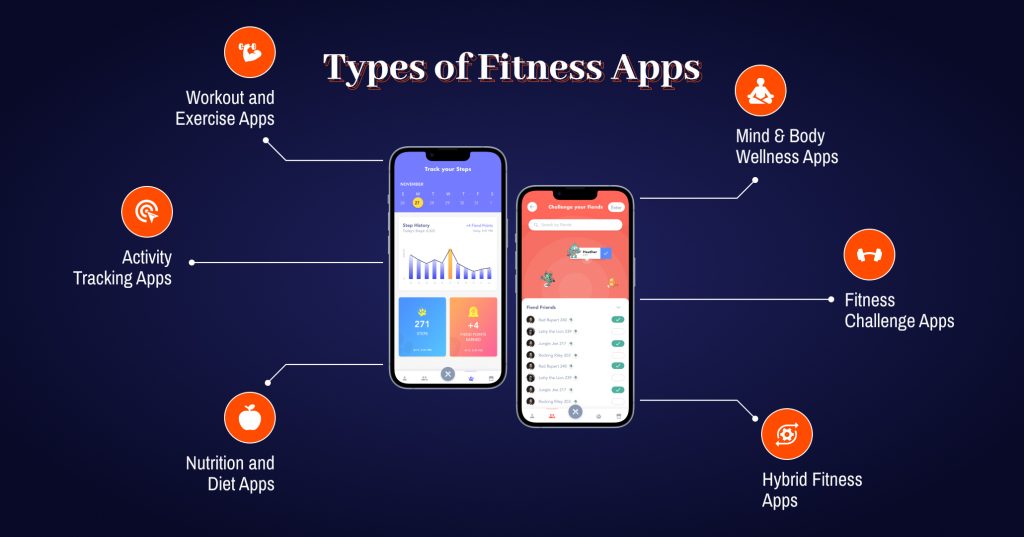
Fitness App Development Process
Developing a fitness app is no small feat—it requires a well-thought-out plan and a series of strategic steps to ensure the final product is not only functional but also engaging and user-friendly. Here’s how the fitness app development process typically unfolds:
1. Ideation and Market Research
First things first: what’s your app going to be about? The ideation phase is all about brainstorming and pinpointing the unique angle your fitness app will take. During this stage, it’s crucial to conduct thorough market research to understand the target audience, identify what works and what doesn’t in existing apps, and spot opportunities where your app can stand out. This groundwork lays the foundation for all the steps that follow.
2. Planning and Feature Selection
With a clear concept in hand, the next step is detailed planning. This includes deciding on the specific types of features your app will offer—be it step tracking, workout routines, nutritional advice, or social challenges. This stage shapes the app’s framework and how users will interact with it, focusing on crafting a user-friendly interface and a seamless navigation experience.
3. UI/UX Design
Now, let’s make it look good and feel intuitive. The UI/UX design phase is critical as it directly influences how users perceive and interact with your app. Designers work on creating visually appealing layouts, choosing appropriate color schemes, and developing interactive elements that ensure users have an enjoyable and frictionless experience.
4. Development
This is where the rubber meets the road. The development phase involves bringing the design to life through coding. Here, both front-end (what users see) and back-end (server-side operations) developments are carried out. The development team might utilize a range of tools and technologies to build, test, and refine the application, ensuring it works smoothly across different devices and platforms.
5. Testing and Quality Assurance
Before the app sees the light of day, it must be put through rigorous testing to weed out any bugs and ensure top-notch performance. This quality assurance phase is all about ensuring the app is robust, secure, and able to handle real-world use without faltering. It often includes a combination of automated and manual testing strategies.
6. Launch
It’s showtime! Launching the app involves deploying it on platforms like Google Play or the Apple App Store. This stage is not just about making the app available but also about effectively marketing it to ensure it reaches potential users, gains traction, and starts off strong.
7. Post-Launch Support and Updates
The work doesn’t end at launch. Post-launch, it’s crucial to monitor the app’s performance, solicit user feedback, and continuously refine the product. Regular updates are essential to introduce new features, address user requests, fix bugs, and keep the app up-to-date with the latest technological standards.
By meticulously following these steps, developers can ensure they create a fitness app that not only meets the market demand but also encourages and supports users in their fitness journeys, setting the stage for success in the competitive app marketplace.
Fitness App Development Tech Stack
| App Type | Native App | Cross-Platform App |
| Definition | A Native app is built specifically for an operating system, either Android or iOS | A cross-platform app is intended to run on multiple mobile operating systems. There are multiple mobile app development frameworks that will help you build scalable cross-platform fitness applications. |
| Tech Stack | Swift, Java, Kotlin, Xcode, Android Studio, IntelliJ IDEA, Android NDK | React Native, Flutter, Xamarin, Angular, Vue, Ionic, PhoneGap |
| Example | Apple Fitness+ | Gyroscope |
Fitness App Development Cost
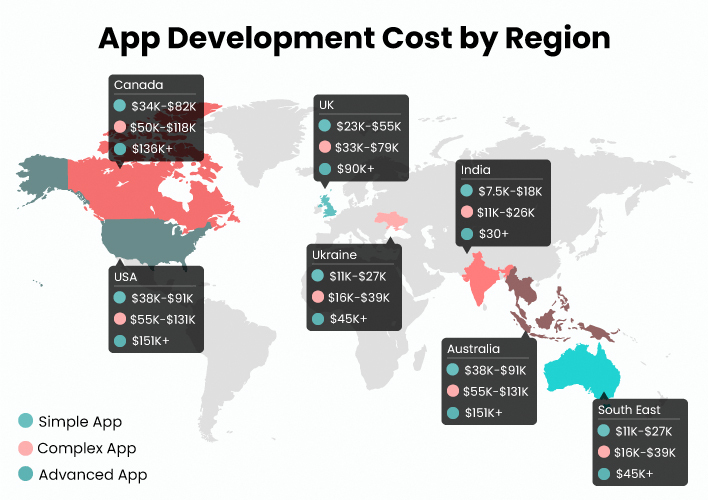
Diving into the world of fitness app development, one of the first and most pressing questions is: how much is it going to cost? The price tag of developing a fitness app can vary widely, depending on a range of factors from app complexity to the geographic location of your development team. Here’s a closer look at what can affect the cost of bringing a fitness app from concept to reality:
1. Features and Functionality
The scope of your app plays a pivotal role in determining the overall cost. Are you aiming for a straightforward app with basic activity tracking, or do you envision a more sophisticated platform with advanced features like AI personal trainers, social networking capabilities, and integration with wearable devices? Naturally, more complex features require more development time and resources, pushing up the cost.
2. Platform Choice
Deciding whether to develop your app for iOS, Android, or both platforms will significantly impact your budget. Developing for both platforms simultaneously can almost double your development costs but broadens your potential user base. Choosing a cross-platform development approach can sometimes reduce costs and speed up development but might come at the expense of performance and customizability.
3. Design Specifications
Never underestimate the cost of good design. A fitness app needs to be engaging and easy to navigate to ensure users keep coming back. Investment in high-quality UI/UX design is crucial and can be a significant portion of the budget. The more intricate and visually appealing the design, the higher the cost.
4. Development Team
The composition and location of your development team also play a critical role in the cost equation. Hiring developers from North America or Western Europe typically costs more than those from regions like Eastern Europe or Asia. Additionally, the choice between using an in-house team, freelancers, or an outsourced agency will affect your costs differently.
5. Testing and Quality Assurance
Thorough testing is essential to ensure that the fitness app is reliable and free from bugs. This phase involves various types of tests such as performance testing, security testing, and user acceptance testing, each adding to the overall cost. Skipping on thorough testing can lead to poor user experiences and potentially higher costs down the line due to needed fixes and updates.
6. Maintenance and Updates
The initial launch is just the beginning. Ongoing maintenance, updates, and possibly adding new features to keep the app relevant can also incur substantial costs. Regular updates are necessary to fix bugs, respond to user feedback, and ensure compatibility with new operating system versions and hardware.
In general, the cost of developing a basic fitness app can start from around $20,000 to $30,000, while more sophisticated apps with a wide range of features and high-end design might cost $100,000 or more. As with any technology investment, balancing between budget constraints and the desired quality and scope of the app is key. By carefully planning and prioritizing features, you can manage costs while still creating a valuable, impactful fitness app.
Fitness App Development Compliances
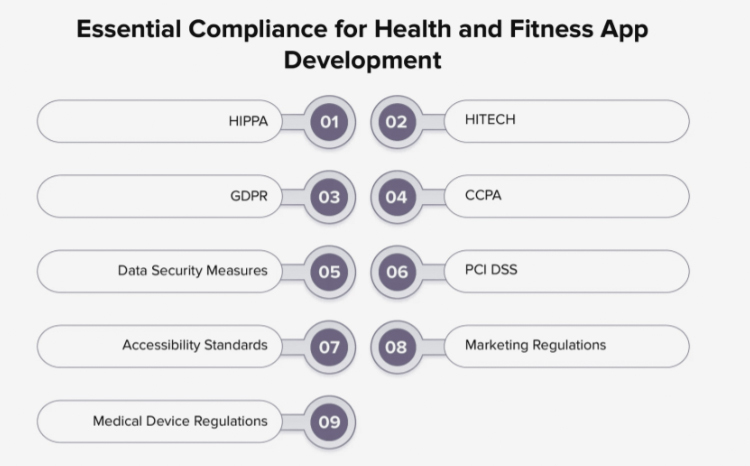
When developing a fitness app, it’s crucial to navigate through a complex web of compliance requirements. These regulations are designed to protect user data, ensure security, and maintain high standards of operation. Understanding and integrating these regulatory frameworks into your app is not just about legal adherence but also about building trust with your users. Here are the key compliance areas to consider:
1. Health Insurance Portability and Accountability Act (HIPAA)
If your app handles protected health information (PHI) and interacts with healthcare providers in the U.S., it must comply with HIPAA. This regulation ensures the confidentiality, integrity, and security of health information, requiring stringent measures to protect user data and specifying how it can be shared.
2. Health Information Technology for Economic and Clinical Health Act (HITECH)
Building on the foundations of HIPAA, HITECH increases the scope of privacy and security protections. It imposes higher penalties for health information breaches and promotes the adoption of electronic health records. For fitness apps integrating with healthcare systems, adherence to HITECH is crucial.
3. General Data Protection Regulation (GDPR)
For apps operating in or catering to users in the European Union, GDPR compliance is mandatory. This regulation is one of the strictest in the world, focusing on giving users control over their personal data. It requires transparency about data collection and use, and mandates obtaining explicit consent from users before processing their information.
4. California Consumer Privacy Act (CCPA)
Similar to GDPR but for residents of California, CCPA gives consumers rights over the data companies collect about them. It requires apps to inform users about the types of data collected and the purpose of collection, and it also allows users to request the deletion of their data.
5. Payment Card Industry Data Security Standard (PCI DSS)
If your fitness app involves transactions—whether for subscriptions, merchandise, or in-app purchases—it needs to comply with PCI DSS. This standard safeguards card information to prevent fraud and protect the financial data of your users.
6. Medical Device Regulation (MDR)
If your fitness app is part of a device that provides medical services or diagnostics, it may fall under the category of a medical device and thus be subject to specific regulations. In the EU, for instance, such devices must comply with the MDR, which involves rigorous assessment of safety and performance.
7. Marketing Regulations
Marketing your app also requires compliance with various advertising and communication laws. These regulations ensure that claims about your app’s benefits are not misleading and that you respect user privacy when conducting marketing campaigns.
8. Accessibility Standards
Ensuring your app is accessible to all users, including those with disabilities, is not just good practice—it’s often a legal requirement. In the U.S., this might mean aligning with the Americans with Disabilities Act (ADA) standards, ensuring that the app is usable for everyone.
Navigating these compliances can be challenging, but they are essential for protecting your users and your business. Proper adherence not only minimizes legal risks but also enhances the credibility and marketability of your fitness app. By investing in compliance, you invest in your app’s future success and reliability.
How to Monetize Your Fitness App?
To effectively monetize your fitness app, consider implementing one or more of the following strategies:
- Subscription Models: Charge users a recurring fee (monthly or annually) for premium features such as personalized workout plans, detailed analytics, and ad-free usage.
- In-App Purchases: Offer users the option to buy additional content or features within the app, such as specialized workout programs or virtual coaching sessions.
- Advertisements: Integrate ads into your app, using formats like banner ads, interstitials, or video ads. Consider offering an ad-free version for a premium.
- Affiliate Marketing: Earn commissions by promoting related products like fitness equipment or health supplements within your app.
- Sponsored Content: Partner with fitness influencers or brands to feature sponsored content, which could include branded workouts or product reviews.
- Freemium Model: Provide basic app functionalities for free while charging for advanced features, helping to attract a broad user base and convert them into paying customers.
- Data Monetization: If applicable, anonymize and utilize user data to provide insights to health researchers or related businesses, ensuring compliance with data privacy laws.
Each strategy offers different advantages and can be tailored to fit the unique aspects of your fitness app, helping to create a steady revenue stream while maintaining a positive user experience.
How Can Resourcifi’s Fitness App Development Service Help You?
At Resourcifi, we understand that developing a fitness app goes beyond mere coding—it’s about crafting a digital health experience that resonates with users and stands out in a crowded market. That’s why we dive deep into understanding your vision and the needs of your target audience, ensuring that every aspect of the app is tailored to deliver both functionality and engagement.
Starting with a comprehensive market analysis, our team identifies current trends and competitive edges that can make your app a market leader. We assess potential gaps and align our strategy to fill these voids, ensuring your fitness app is not just another entry in the app store but a standout innovation.
Our expertise in custom app development allows us to create a unique app experience that integrates advanced features like real-time activity tracking, personalized workout regimes, interactive challenges, and much more. We focus on building an intuitive user interface and a seamless user experience that keeps your audience coming back.
But our job doesn’t end at launch. We believe in forging long-term partnerships to support you through every phase of the journey. From rigorous testing and quality assurance to ensure flawless functionality across all devices and platforms, to post-launch support and iterative improvements based on user feedback, we are here every step of the way.
By choosing Resourcifi for your fitness app development, you’re not just hiring a development team; you’re partnering with specialists who are committed to your success. We bring your vision to life with precision and passion, ensuring your fitness app makes a significant impact in enhancing the health and wellness of your users.
Final Takeaway
Embarking on the journey of fitness app development is not just about coding an app—it’s about creating a gateway to healthier lifestyles and tapping into a vibrant, growing market. As we’ve explored, the potential for growth in this sector is immense, with significant financial rewards and the opportunity to make a real impact on public health.
Whether you’re enhancing the capabilities of existing fitness platforms or innovating with new features, the key to success lies in understanding your audience, integrating seamless technology, and navigating the complex terrain of app compliance. By adopting strategic monetization strategies, you can ensure that your fitness app not only supports users in achieving their health goals but also thrives as a profitable business venture.
In conclusion, fitness app development offers a compelling opportunity for tech innovators and entrepreneurs alike. With the right approach, the development of a fitness app can be a transformative business move—positioning you at the forefront of the digital health revolution. As you dive into this exciting venture, keep your focus on quality, user engagement, and continuous improvement to stand out in the bustling market of fitness apps.










